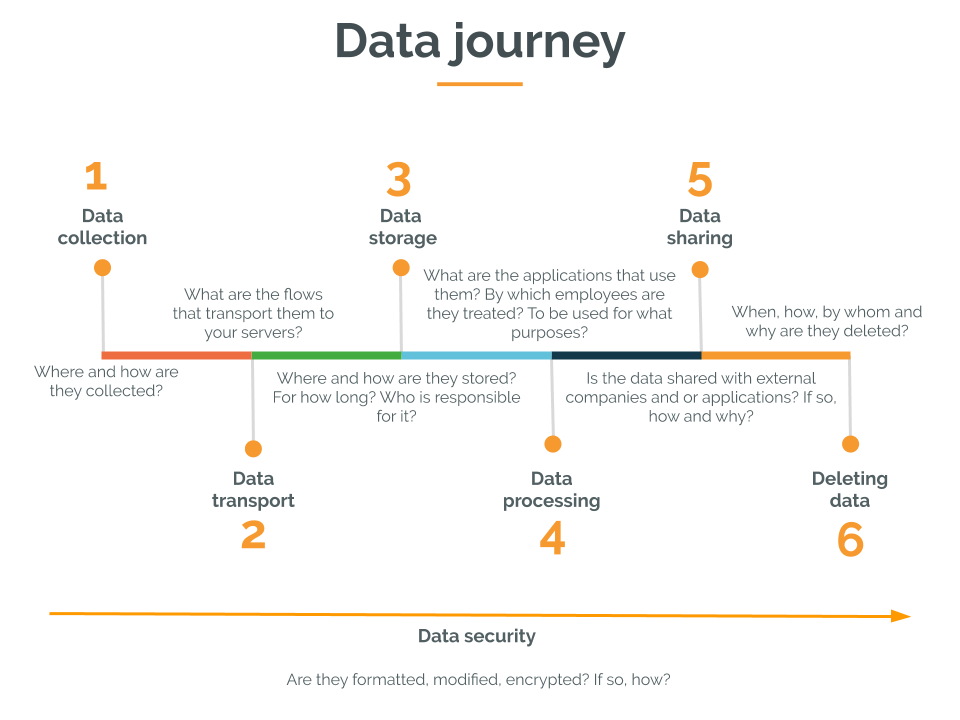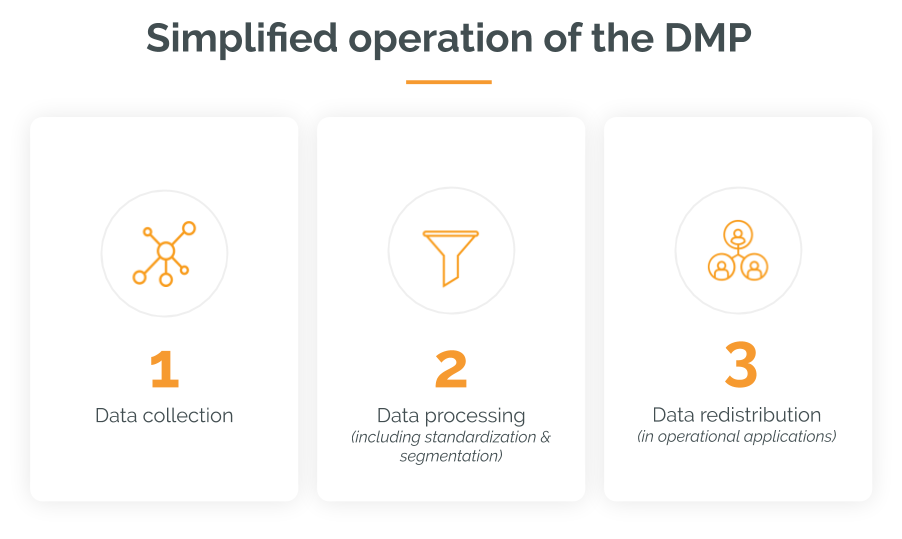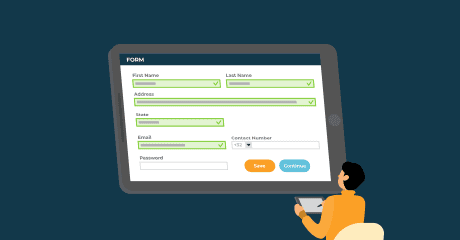Dark Data: How to optimise the use of your data?
You like your data, don’t you? As a good marketer, you surely count on it to boost your business’ results and achieve your goals!
Did you know that, on average, nearly half (48%) of the data collected and stored by companies are neither identified nor classified and, therefore, become Dark Data?
However, know that the term “Dark Data” is used in two different cases:
- The first one designates a quantity of data collected by a company and absent from its information system, and therefore unusable. That is the topic of this article.
- It is also possible to hear this expression to talk about stolen data and its diffusion on the Dark Net.
What are the impacts of this deficiency?
There are two main risks.
The first is that data may not be protected because they are not classified in your information system. They have gone through your security processes and have become vulnerable to cybercriminals’ attacks. The presence of Dark Data poses a risk to your company as it does not allow you to protect your customers’ data and, therefore, to ensure compliance with the GDPR.
The second is that data that are not identified or classified cannot be used to develop your business. Dark Data, a mass of data collected from your customers, is missing from your information system and, without realizing, you don’t use it.
It’s a shame, isn’t it?
Don’t worry: you’re not alone in this case! Data integrity and centralization are concerns that don’t only affect Data Managers.
Against Dark Data, take care of your data
To begin with, you can imagine that the source of Dark Data is the negligence of the data collected and stored on your servers. And despite popular belief, if you use a cloud service, your provider may not be in charge of protecting your data!
So, there is only one keyword: RIGOUR. Be rigorous in your data processing, and this includes everything from collecting to deleting your data.
To make it easier for you to visualize the areas of risk and the steps to improve, do not hesitate to draw the data journey within your company! Here is a framework that can be used as a template for modelling it:

The challenge is to model this journey and identify the actors and applications that interact with your data. You can then determine the purposes of your processing, have a 360° vision of the data exploitation in your company and answer the following questions:
- Are all data collection entry points identified?
- Are the storage servers secure? Are your data likely to be stored on a public cloud?
- Is your data secure enough?
- Is all relevant data stored? Is any of the stored data useless for your business? Is unnecessary data destroyed?
- Are the users who use the data satisfied? Do they have all the applications and data they need to exceed their business objectives?
- Is the data shared in external information systems and/or applications? If so, to what extent and for which purposes?
- How are your data deleted? By whom? Why? How?
This questioning is essential to limit, or even eliminate, Dark Data but also to improve your data policy to best answer your business’ challenges.
Be careful that the data path must be shared with the key actors of your company to involve all stakeholders. Remember: data is a treasure that can make a significant contribution to your business’ performance!
Once you have modelled this journey, know that there are tools you can use to fight Dark Data, one of them being the DMP…
DMP, your partner against Dark Data!
Like any good marketer, you are familiar with DMP (Data Management Platform) solutions. This tool, definitively business-oriented, can support your company’s global data strategy.
In a few words, a DMP allows you to unify, centralize and process the data collected from your prospects and customers, from all the entry points (online and offline data). With this tool, all your data is captured and processed in the same place. Then, they’re redirected to your various applications. It’s hard not to see the many advantages of this solution.

If you want to know more about what a DMP is, we explain everything in this article!
The centralization of data processing in a single location makes the DMP an ideal solution to limit Dark Data because it facilitates also data security.
Indeed, all the data that goes through a DMP solution is standardized in the same way so all your applications can use it. When it comes to standardizing your data, choose a language that will be understandable by all your applications, and that will serve your business objectives. For segmentation, it must be in line with your marketing and digital strategy.
Note: the implementation of a DMP is a project that requires the involvement of all the company’s stakeholders to maximize its contribution!
In conclusion, know that the more you pay attention to the data journey, the easier it will be for you to limit Dark Data and continuously improve your sales performance!
If you would like to know more about DMP data processing and privacy, consult our dedicated ebook on the topic!








